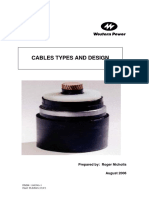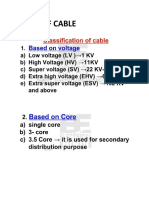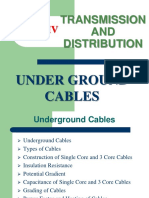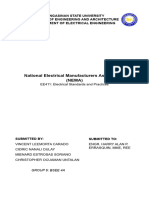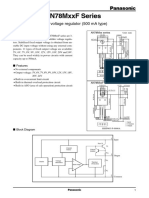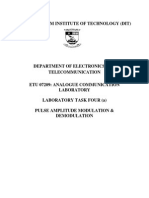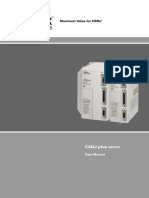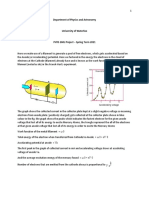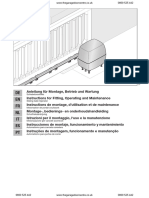0% found this document useful (0 votes)
57 views13 pagesPDF Summarization
The document discusses the history and design of underground cables. It describes some of the early pioneers of underground cable design in the 19th century, including Ferranti's pioneering scheme in 1890 for underground cables in London. It also discusses Edison's "Street Pipes" patented in 1881 and the development of fluid-impregnated paper and cross-linked polyethylene insulation materials. The document then covers the classification, construction, and applications of underground cable design.
Uploaded by
Patricia MadayagCopyright
© © All Rights Reserved
We take content rights seriously. If you suspect this is your content, claim it here.
Available Formats
Download as DOCX, PDF, TXT or read online on Scribd
0% found this document useful (0 votes)
57 views13 pagesPDF Summarization
The document discusses the history and design of underground cables. It describes some of the early pioneers of underground cable design in the 19th century, including Ferranti's pioneering scheme in 1890 for underground cables in London. It also discusses Edison's "Street Pipes" patented in 1881 and the development of fluid-impregnated paper and cross-linked polyethylene insulation materials. The document then covers the classification, construction, and applications of underground cable design.
Uploaded by
Patricia MadayagCopyright
© © All Rights Reserved
We take content rights seriously. If you suspect this is your content, claim it here.
Available Formats
Download as DOCX, PDF, TXT or read online on Scribd
/ 13
























